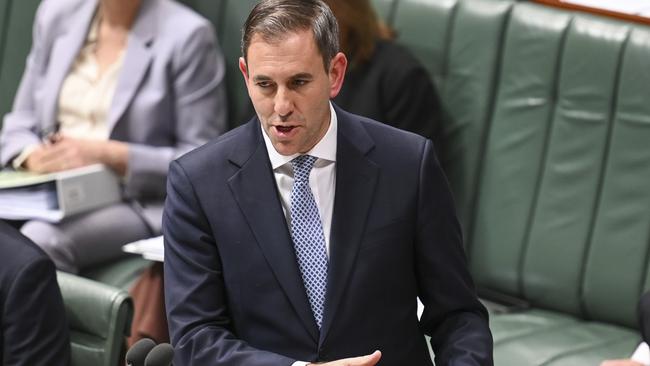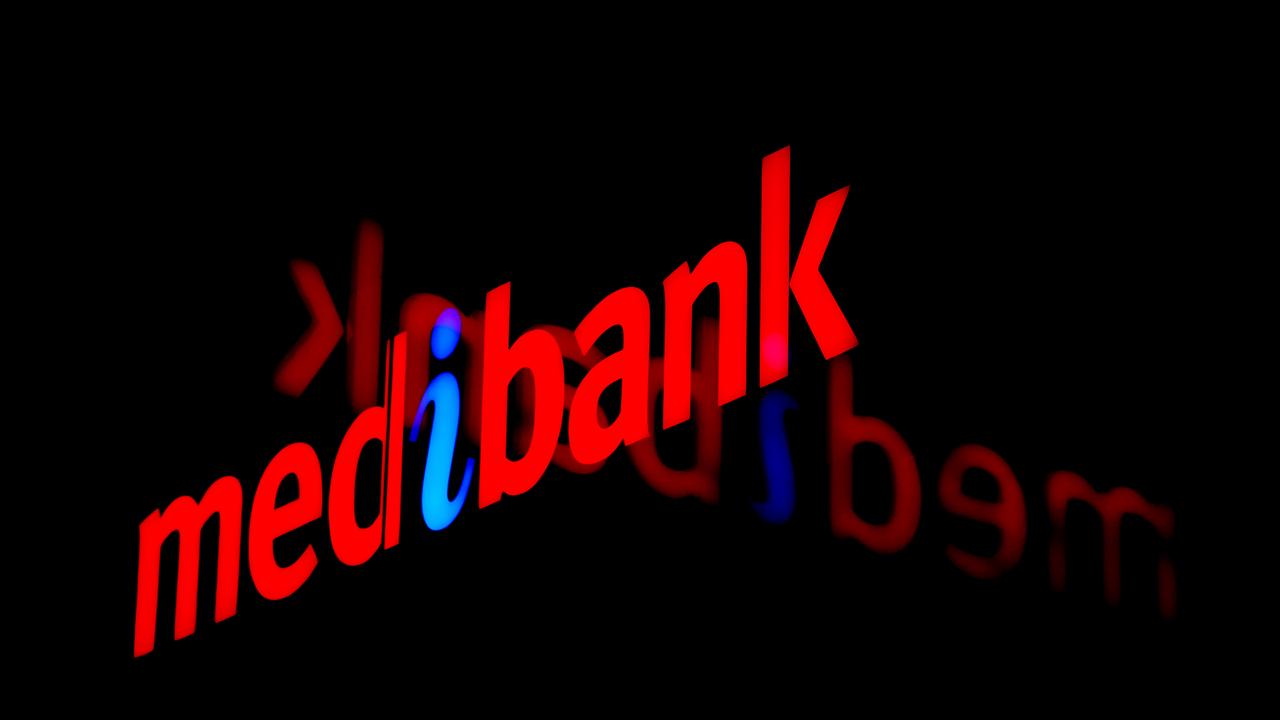The massive numbers you need to pay attention to
Two big – and I mean, huge – numbers surfaced Thursday, US inflation and Australian employment figures.

Business
Don't miss out on the headlines from Business. Followed categories will be added to My News.
Two big – and I mean, huge – numbers surfaced Thursday.
The first, actually, popped out just before midnight, overnight Wednesday – the ‘surprisingly’ low US inflation number for April.
The greediest - and most decidedly - not so smart people that infest lower Manhattan responded: you beaut; inflation is beaten; the Fed will after all start slashing interest rates; and they sent the Dow shooting up to an all-time high.
Our entirely derivative market of course followed.
The second was our own jobless numbers, just before midday. The ABS recorded unemployment jumping to 4.1 per cent.
Interestingly, and significantly, both the jobs and jobless numbers increased over the month.
How so?
On the one hand, the surging number of people looking for work – known as ‘migrants’; but also more jobs but not enough more jobs.
Why was this number – the 4.1 per cent – huge?
Because of that ‘4’.
It’s not really either statistically or analytically determinative, but it’s the case of the ‘negative’ vibe.
For so long as the official ABS unemployment number started with a ‘3’, that suggested full employment, likely rising wage demands and pressures, and so a Reserve Bank reluctant to even contemplate cutting interest rates.
But a number starting with a ‘4’ – the first since right at the start of 2022, when we were surging out of Covid – opens the door to the RBA putting greater weight on its jobs ambition versus its inflation target.
provided, and this is critical, it IS assured that inflation is really, and sustainably, heading below 3 per cent. Not just the tricked-up Chalmers version.
In all the focus of ‘Tricky Jim’s’ $300 energy rebate to slash 0.5 per cent off the recorded inflation rate, for the September quarter, one critical thing has got lost.
This is a very significant difference in opinion between Treasury and RBA over inflation in this current June quarter.
The RBA says it will be a – still, too high – 1 per cent. Treasury has forecast a statistically significantly lower 0.7 per cent. Before the energy trick kicks in.
Let me emphasise this preface. The 4.1 per cent jobless number is just one month and one statistic. There’s also the uncertainty of what is happening with wages.
But, if the RBA concludes that it really is indicative of developing, increasing, jobless numbers and inflation really has fallen faster than it was projecting, suddenly rate cuts come right back on the table.
Certainly at the August meeting, when we have actually got the June quarter inflation number; but even at the mid-June meeting. Depending on ‘events’ and ‘data’.
This is not a prediction, simply to alert you of the potential huge significance of that 4.1 per cent.
Similarly, both a big warning on the US inflation number and Wall St’s ecstatic – irrationally exuberant - reaction.
It’s only one month, and it wasn’t that great anyway. Inflation of 0.3 per cent is still way too high – for the Fed - at 3.6 per cent annualised.
It could be the start of a Fed re-pivot back to thinking rate cuts. It could also be a very false dawn.
Originally published as The massive numbers you need to pay attention to



